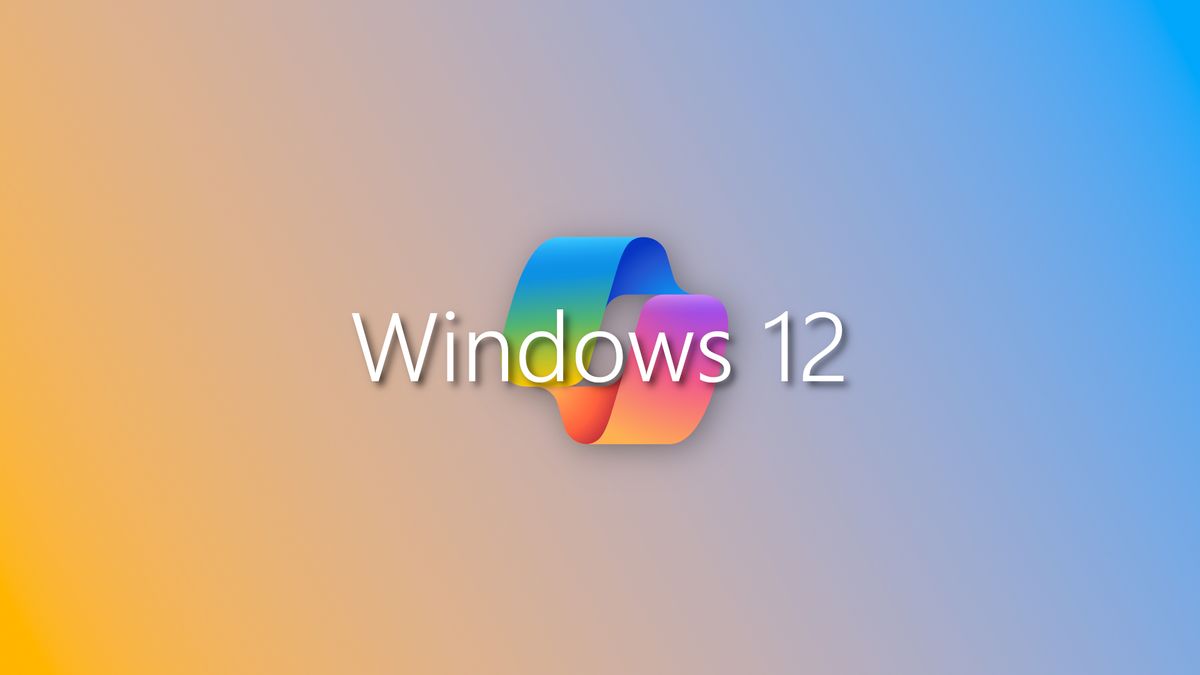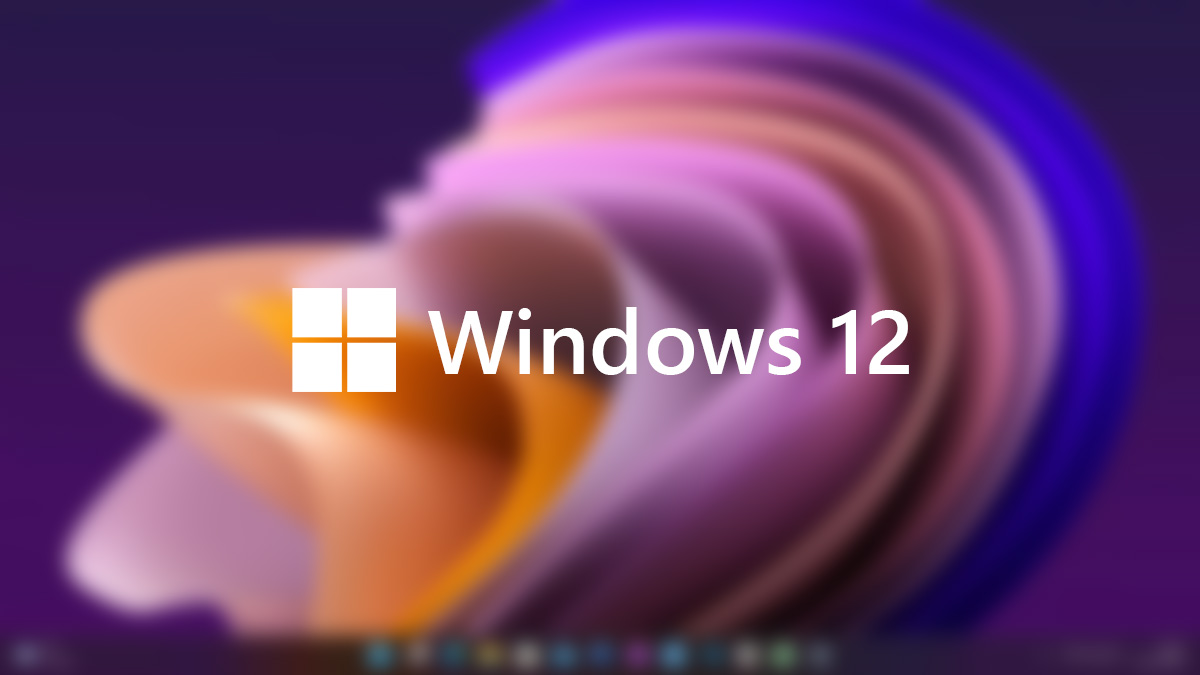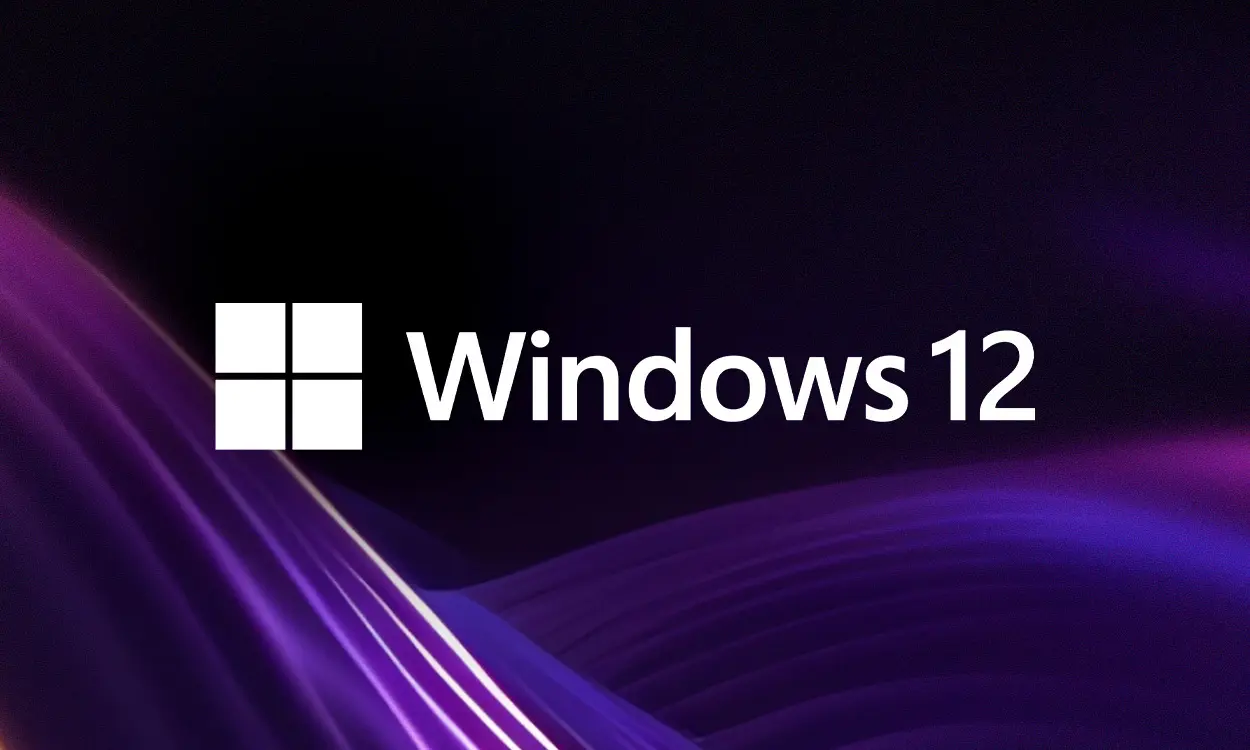In the fast-paced world of technology, whispers of innovation stir the air with anticipation. The upcoming Windows 12 release, expected in 2024, is already shaping up to be a watershed moment in computing. This isn’t just another operating system update; it’s the harbinger of a seismic shift in desktop computing, marked by the advent of AI-optimized chips.

The Catalyst for Change: Windows 12
For months, the tech industry has been abuzz with speculation about Microsoft’s next big move. Although Microsoft has remained tight-lipped, a slip by Intel’s CFO, David Zinsner, at Citigroup’s Global Technology Conference has all but confirmed that a major Windows 12 release is on the horizon for 2024. The expectation? A significant leap in processing power to accommodate the burgeoning demands of artificial intelligence.
Zinsner’s inadvertent revelation speaks volumes about the trajectory of PC technology. “We think ’24 is going to be a pretty good year for client [processor sales], in particular, because of the Windows refresh,” he stated, highlighting the aging nature of the current installed PC base and the imminent need for an upgrade.
Beyond Copilot: AI’s New Frontier on Desktop
The term “refresh” may sound innocuous, but it belies the magnitude of what’s coming. This update is set to pivot around AI, transcending the capabilities of existing tools like Copilot for Windows 12. We’re talking about a deep integration of AI that demands more from our hardware than ever before.
“For the first time in a long time, you’re going to see software that requires levels of computing that we don’t have today,” noted analyst Bajarin, emphasizing the shift towards AI-centric computing.

Windows 12: The Role of AI in Desktop Computing
But what does this mean for the average desktop? The focus will be on inference rather than training—the latter remains a task for the cloud due to its intensive nature. Local inference, however, addresses key concerns around data sovereignty and privacy, offering a compelling reason for businesses to prefer AI processing on-premises.
As Bajarin explains, “Data sovereignty and security are driving the desire to process AI locally rather than in the cloud.”
Windows 12 and the coming AI chip war.
A Windows release planned for next year may be the catalyst for a new wave of desktop chips with AI processing capabilities pic.twitter.com/J6wuotb5as
— Alexander Antobre Dwumah (@ant0bre) December 28, 2023
A New Battlefield: The AI Chip War
The impending Windows 12 release is just one side of the coin. The other side is the intensifying competition among chip manufacturers. Intel and AMD, long-standing giants in the CPU arena, are now facing formidable challengers in Qualcomm and Nvidia, both of which are steering the narrative toward AI-enhanced processing.
Qualcomm is stepping into the fray with its Snapdragon X Elite, boasting an AI processor capable of 45 AI TOPS on its own and 75 TOPS when combined with the CPU. This dwarfs Intel’s latest offering and positions Qualcomm as a serious contender in the AI chip market.
Nvidia, not to be outdone, is reportedly exploring desktop processors based on the Arm architecture, leveraging its experience from the server-focused Grace Hopper processor. Microsoft’s support for Arm on servers and desktops further muddies the waters, transforming the traditional two-horse race into a multifaceted battle for supremacy.

Windows 12: What This Means for IT
The implications of these developments are profound. As AI becomes a staple in desktop computing, the choice of systems will broaden, offering IT departments more options but also more considerations. The landscape is evolving, and with it, the criteria for selecting desktop systems.
In this era of innovation, one thing is clear: the introduction of Windows 12 and the concurrent rise of AI-optimized chips are not just steps forward; they are leaps toward a future where desktop computing is more powerful, more intelligent, and more integrated into the fabric of our digital lives than ever before.










